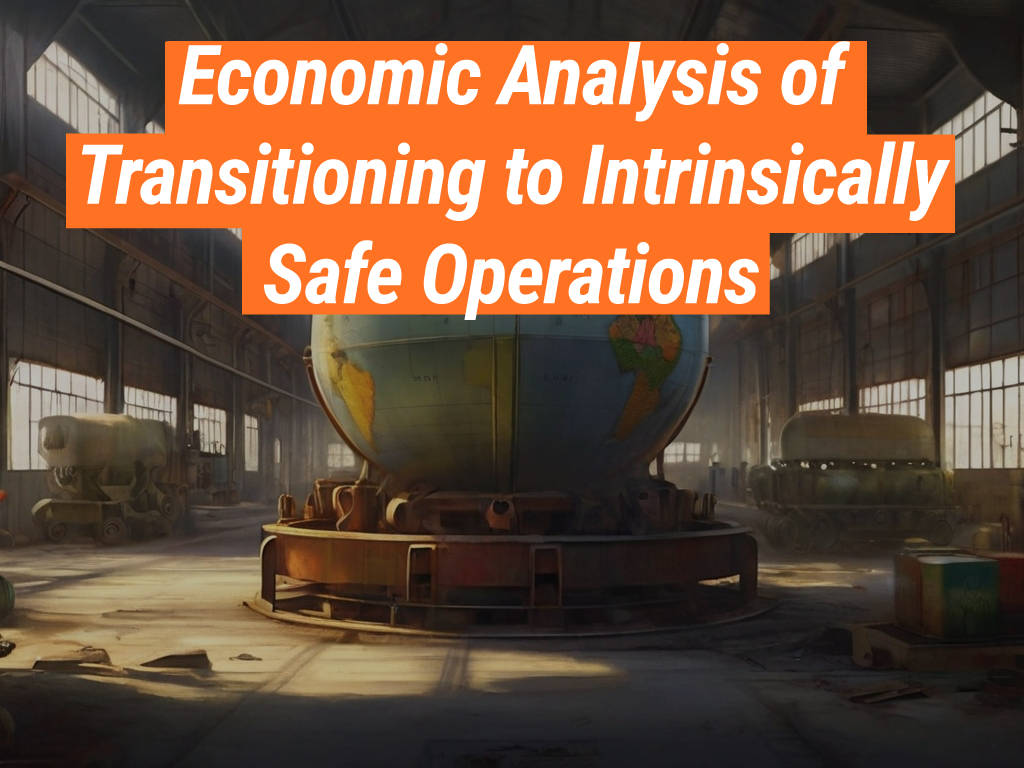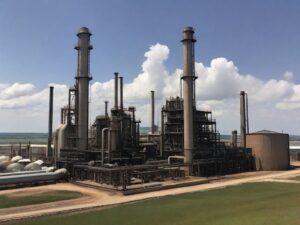As industries continue to evolve, the need for safety in operations has become paramount. This is where companies like the Intrinsically Safe Store come into play, providing solutions that ensure safety in potentially hazardous environments. This article delves into the economic analysis of transitioning to intrinsically safe operations, highlighting the benefits and challenges involved. We invite you to visit the Intrinsically Safe Store to learn more about these solutions.
What are Intrinsically Safe Operations?
Intrinsically safe operations refer to the use of equipment and products designed to prevent ignition in potentially explosive atmospheres. This is achieved by limiting the energy, electrical and thermal, available for ignition. Industries such as oil and gas, mining, and chemical processing often use intrinsically safe equipment to mitigate risks.
Economic Benefits of Intrinsically Safe Operations
Transitioning to intrinsically safe operations comes with several economic benefits. These include:
- Reduced Risk of Accidents: Intrinsically safe equipment minimizes the risk of explosions, thus reducing the potential costs associated with accidents.
- Lower Insurance Premiums: Companies that implement intrinsically safe operations often enjoy lower insurance premiums due to reduced risk.
- Increased Productivity: With a safer working environment, employees can work more efficiently, leading to increased productivity.
Cost Implications of Transitioning to Intrinsically Safe Operations
While the benefits are clear, transitioning to intrinsically safe operations also involves costs. These include:
- Initial Investment: Purchasing intrinsically safe equipment can be costly, representing a significant initial investment.
- Training Costs: Employees need to be trained on how to use the new equipment, which can also be a significant expense.
Case Study: The Oil and Gas Industry
A prime example of the economic impact of transitioning to intrinsically safe operations can be seen in the oil and gas industry. According to a study by the U.S. Bureau of Labor Statistics, the implementation of intrinsically safe operations led to a 14% decrease in accidents over a five-year period. This resulted in significant savings in terms of accident-related costs and increased productivity.
Transitioning to intrinsically safe operations is a strategic move that can yield significant economic benefits. While the initial investment and training costs can be high, the long-term benefits in terms of reduced accidents, lower insurance premiums, and increased productivity make it a worthwhile investment. Companies like the Intrinsically Safe Store are at the forefront of providing solutions that make this transition seamless. Contact us today to learn more about how we can help your business transition to intrinsically safe operations.



